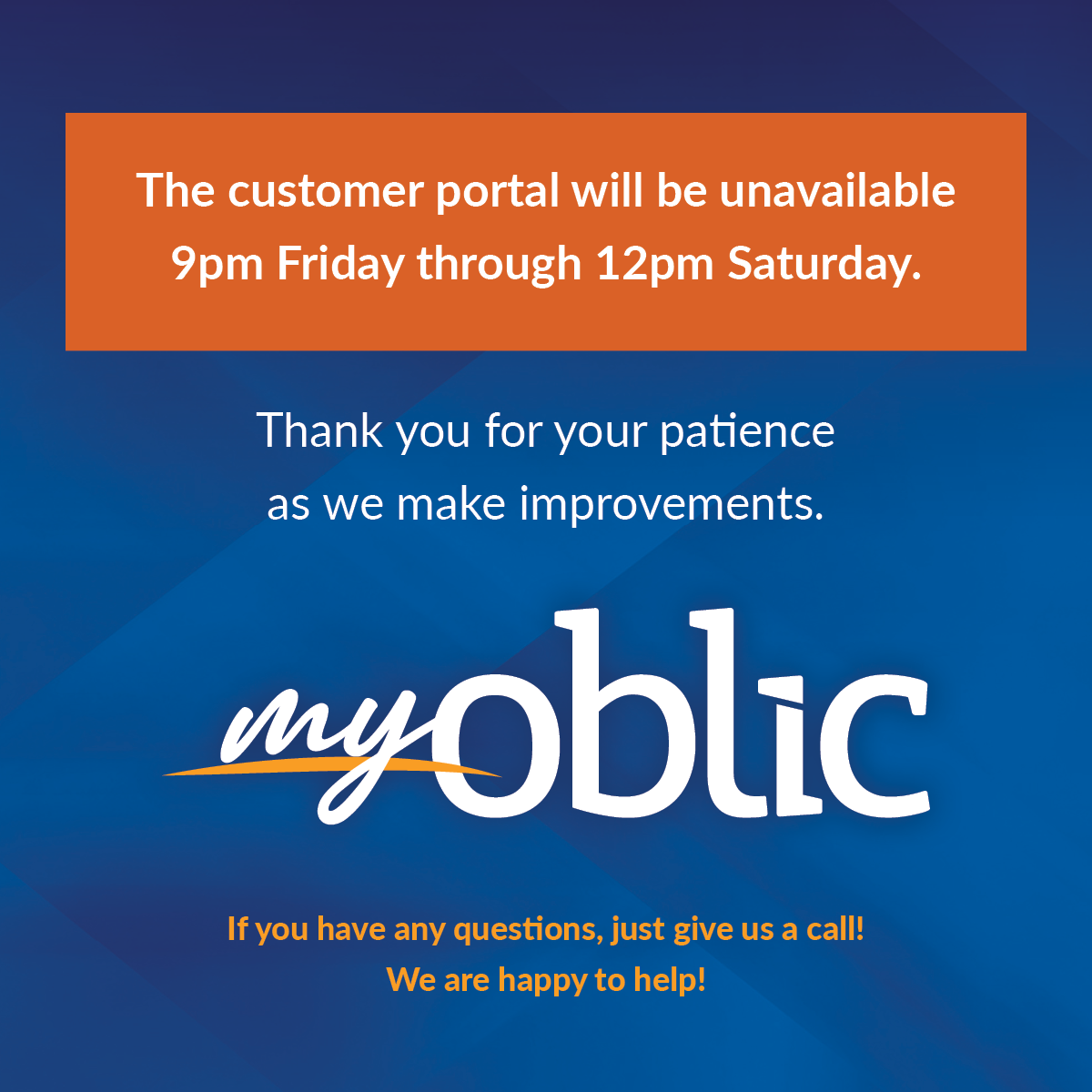In a decision involving a multinational company, the High Court of Australia allowed the Australian Taxation Office (ATO) to use privileged information obtained from the “Paradise Papers” data breach to make assessments of the company’s tax obligations. The Law Council of Australia and the Australian Bar Association are working with the ATO to develop new protocols on privilege.
This might seem like it’s worlds away from your practice, but in our cyber-connected world, it offers a cautionary note to protect potentially privileged information. See Glencore Int’l AG v. Comm’r of Taxation, [2019] HCA 26, 14 August 2019 (High Court of Australia).
Another note of caution sounds in Universal Standard Inc. v Target Corporation, et al. Case No. 1:2018 CV 0642 (S.D.N.Y. 2019), which held that emails between the company, its attorneys and a public relations firm involving a trademark case against Target are not protected by attorney-client privilege. The court agreed that privilege was waived and that the work product doctrine did not apply.
Attorneys should carefully review decisions in their applicable jurisdictions and caution clients to limit third-party involvement in correspondence with attorneys to only those necessary to the litigation or to those who are aiding in the litigation.


